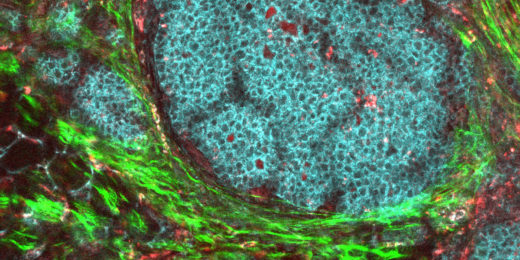
A tale of the two-faced macrophage and cancer
The best stories feature characters that are complex – sometimes good, sometimes bad and sometimes both at the same time. So, too, is the evolving tale of macrophages associated with...

The best stories feature characters that are complex – sometimes good, sometimes bad and sometimes both at the same time. So, too, is the evolving tale of macrophages associated with...
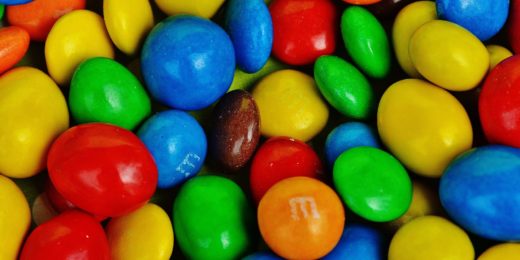
If you could see what the top of my desk looks like right now, you might understand why I'm just getting around to blogging about a study that was published...
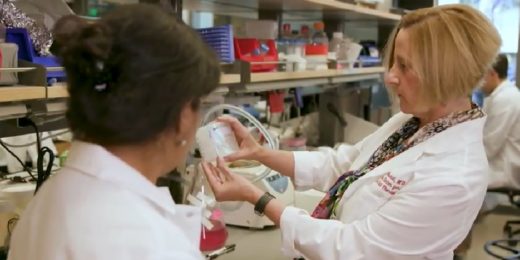
Crystal Mackall, MD, a Stanford professor of pediatric oncology/hematology, recently sat down with me to explain why she's so optimistic about the future of CAR-T therapy for treating cancer. "We're...
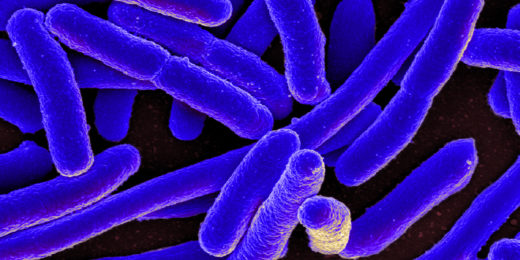
...bioengineering and of microbiology and immunology at Stanford. Huang explained in a recent Stanford Engineering news article: Most strategies to killing bacteria are linear: you find a very specific target...
...tells the story of Carla Shatz, PhD, professor of neurobiology and director of Stanford Bio-X, and Helen Blau, PhD, professor of microbiology and immunology and director of the Baxter Laboratory...
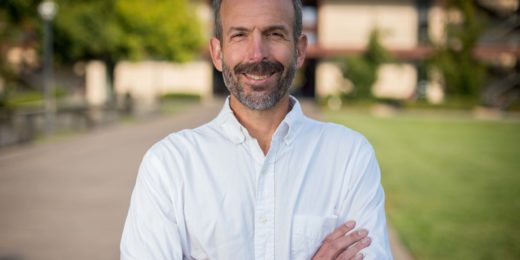
A promising new anti-cancer treatment called adoptive cell transfer is marching steadily closer to practical use, but there's a roadblock. Now, though, it looks as though Stanford structural biologist Chris...
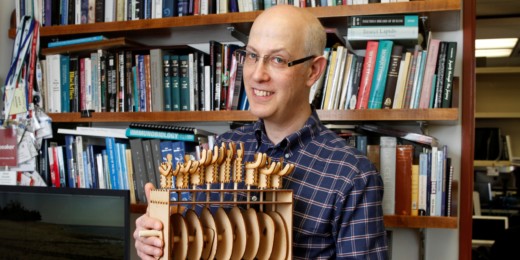
Atop a packed bookcase in the office of David Schneider, PhD, chair of Stanford's Department of Microbiology and Immunology, sits an assortment of odd little wooden contraptions. Schneider's research on...

A bout of exercise is about the last thing you'd imagine a person with chronic fatigue syndrome - also known as myalgic encephalomyelitis and often designated by the acronym ME/CFS...
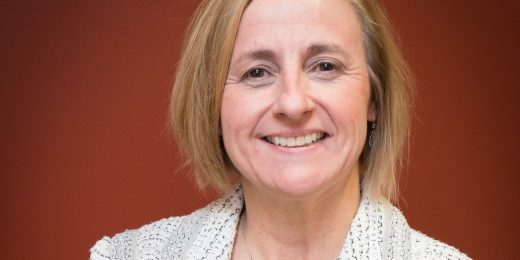
...for it was elusive. Mackall, who has been in the field for 26 years and came to Stanford in January from the NIH, where she headed the Immunology section of...